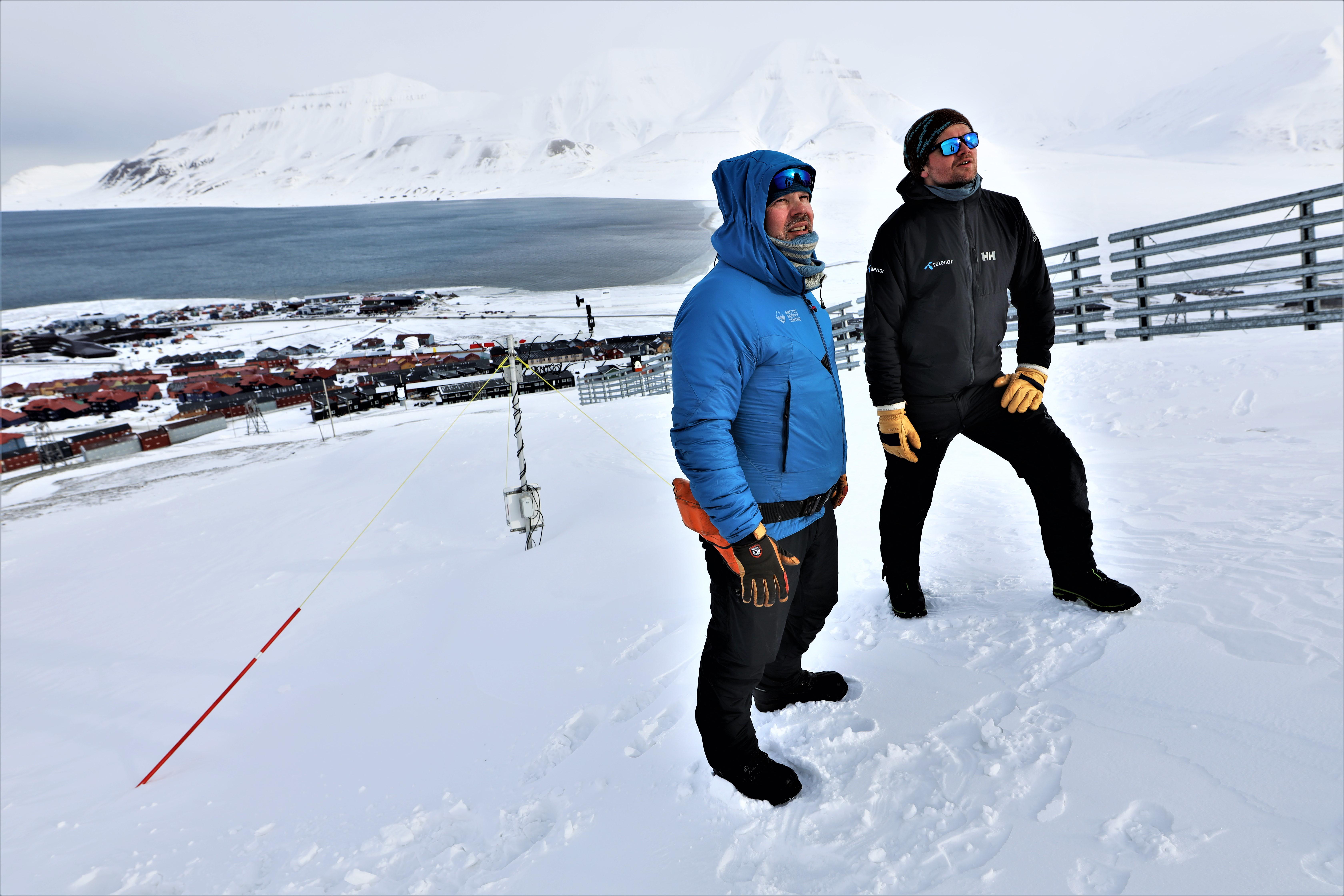
Tiny technology to outwit deadly winter threat
Snow avalanches cause fatalities and economic losses to society each winter. A new monitoring system developed in one of the darkest places on earth brings a light of hope for safer winters to come – and that the tragedy that befell Svalbard never happens again.
“You can’t mentally prepare for it. That feeling of utter distress and the chaos,” says Stein Tore Pedersen, recalling that fateful day right before Christmas of 2015 when an avalanche struck his Arctic hometown of Longyearbyen, Svalbard.
Pedersen is a member of the local Red Cross Search and Rescue Corps. He led parts of the rescue operation after the deadly snow masses had thundered down from Mount Sukkertoppen (Sugar top), destroying 11 houses and killing two people. One of them a two-year-old.
“The tragedy inflicted a deep social trauma on the entire local community,” says Pedersen.
On the outskirts of civilisation: The secrets to providing connectivity in extreme arctic conditions
Little more than a year later, another avalanche from the same mountain hurtled down and wiped away three more housing units. No lives were lost, but the new reality had become clear as the Arctic ice itself to the 2,400 residents.
“In the worst way possible, we’ve learned that climate change is causing more dangerous living conditions.”
With the expectation of more extreme weather, which in turn increases the risk of avalanches and landslides, is there really a future for a city that acknowledges that more such incidents are likely?
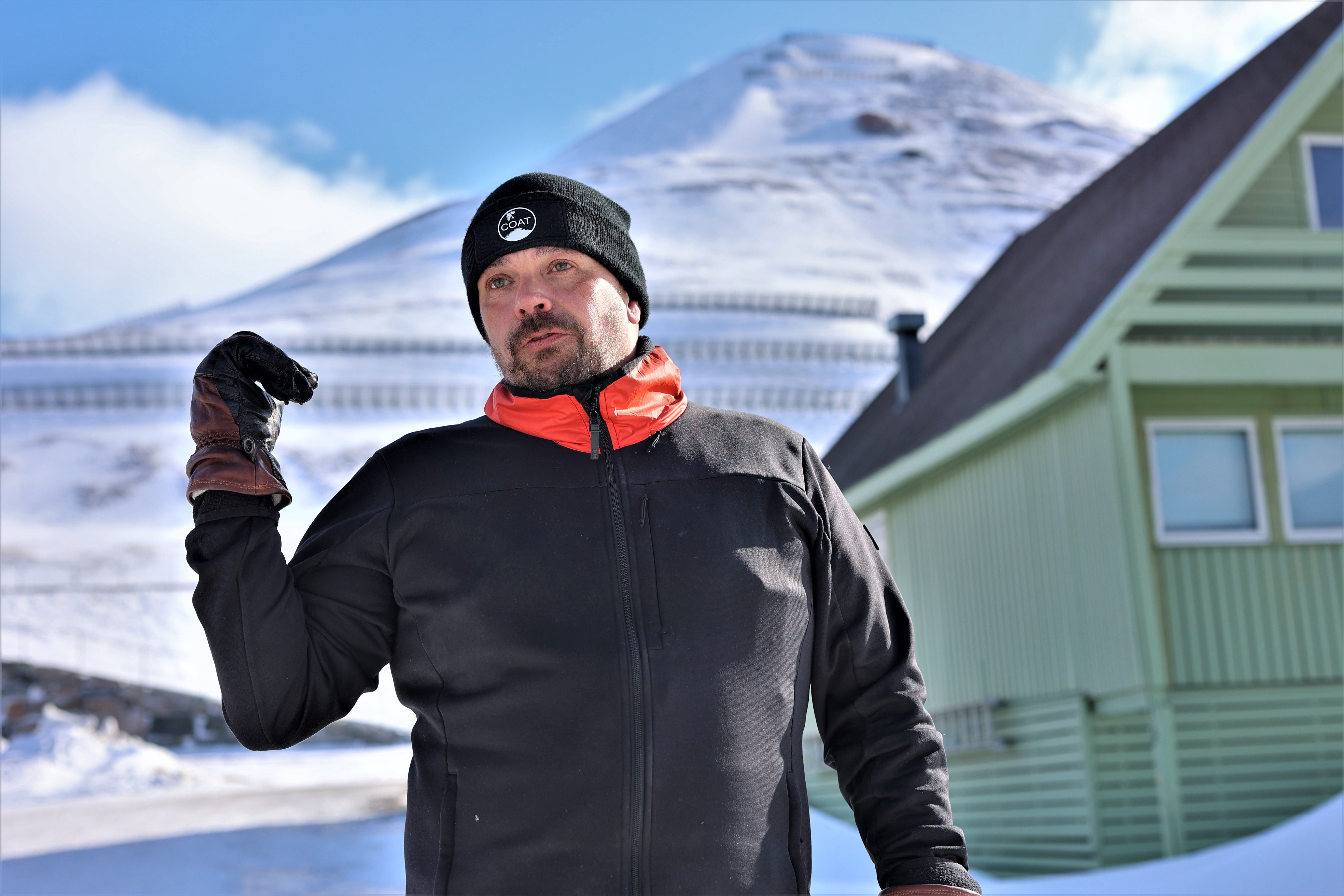
Pedersen calmly states that giving up on Longyearbyen isn’t an option for those who have fallen in love with this cosmopolitan city underneath the dancing northern lights. The glaciers, polar bears, and the vast untouched wilderness which opens up in every direction makes Longyearbyen unique. Instead, local experts and organisations have put their heads together to develop a new avalanche monitoring system to mitigate the growing danger that each winter globally causes blocked roads and railways, and the evacuation of people from their homes.
In the system’s secret sauce is the latest in IoT technology.
Also read: A new mobile 5G solution could be a game changer in emergency situations
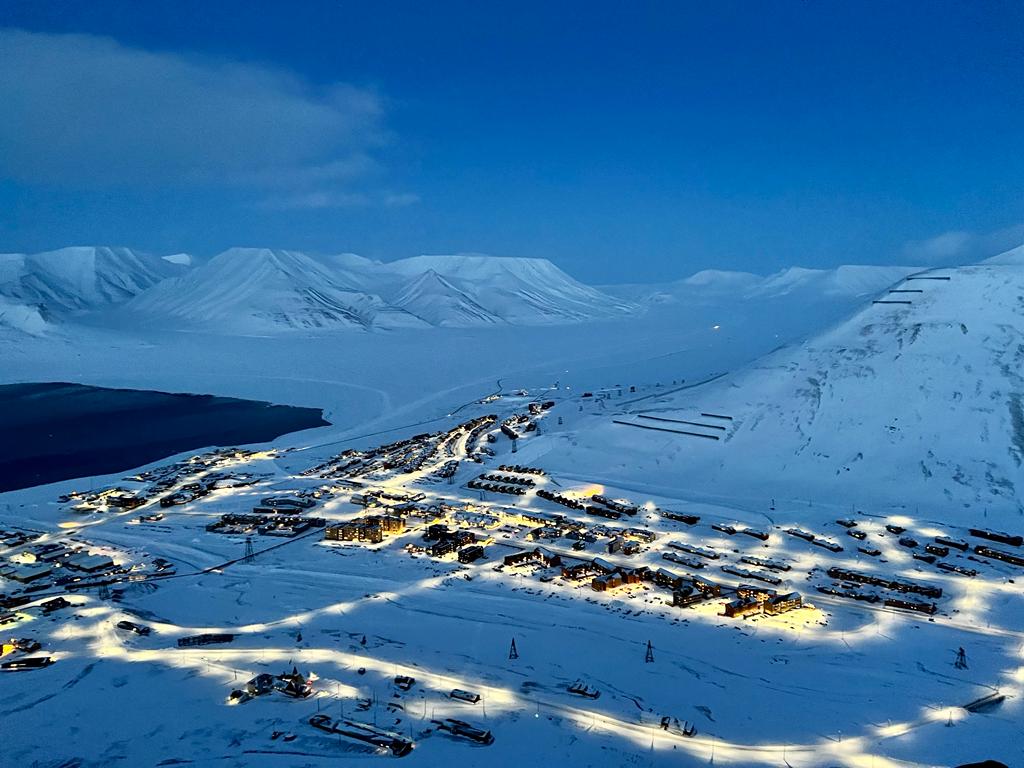
Safe no more
“We have a situation in Longyearbyen where much of our existing infrastructure, which was considered safe a few years ago, now is in danger of avalanches due to more extreme weather events. The avalanche incidents in 2015 and 2017 were both prompted by abnormal and extreme weather conditions,” explains Martin Indreiten of the Arctic Safety Center (ASC) at the University Centre in Svalbard (UNIS).
Faced with new realities, Indreiten and the team at ASC have since worked relentlessly together with partners to increase the understanding of the snow cover in avalanche prone areas. The result?
“A new snow monitoring system that has been operational in Longyearbyen ever since. The system is also a vital component in an ongoing international project called Risk governance of climate-related systemic risk in the Arctic (ARCT-RISK). In the project, our main focus is to develop knowledge and practical tools to deal with natural hazards and effects of climate changes,” says Indreiten, adding that the goal is to enable governments and decision-makers to better protect their citizens and critical infrastructure.
“Setting up and using data collection systems that generate risk information is a central part of the project. In a short-term perspective, such a system can be used to evaluate whether to evacuate people due to an increased risk of an avalanche, potentially saving lives and costs.”
When searching for a project partner that could ensure the measurement and transfer of data in such a system, Indreiten didn’t have to look far.
Did you know?: Mobile technology and data can help predict and prevent the spread of diseases
A freezing cold pilot
A snowball’s throw away from the UNIS campus in Longyearbyen, Telenor Svalbard is located. From the windows in the brand new near-zero-emissions office building, Einar Jenssen, Head of Technology and Innovation, looks straight into the steep hillside of Mount Sukkertoppen. On a sunny, clear day, he can also spot a tiny technical installment in all the snow and ice.
“We have placed new low-cost and low-power sensors in the mountainside to test how narrowband Internet of Things technology can be used to continuously measure and transfer data about the changing depths of the snow,” explains Jenssen, who joins Indreiten on a trip to inspect the sensors.
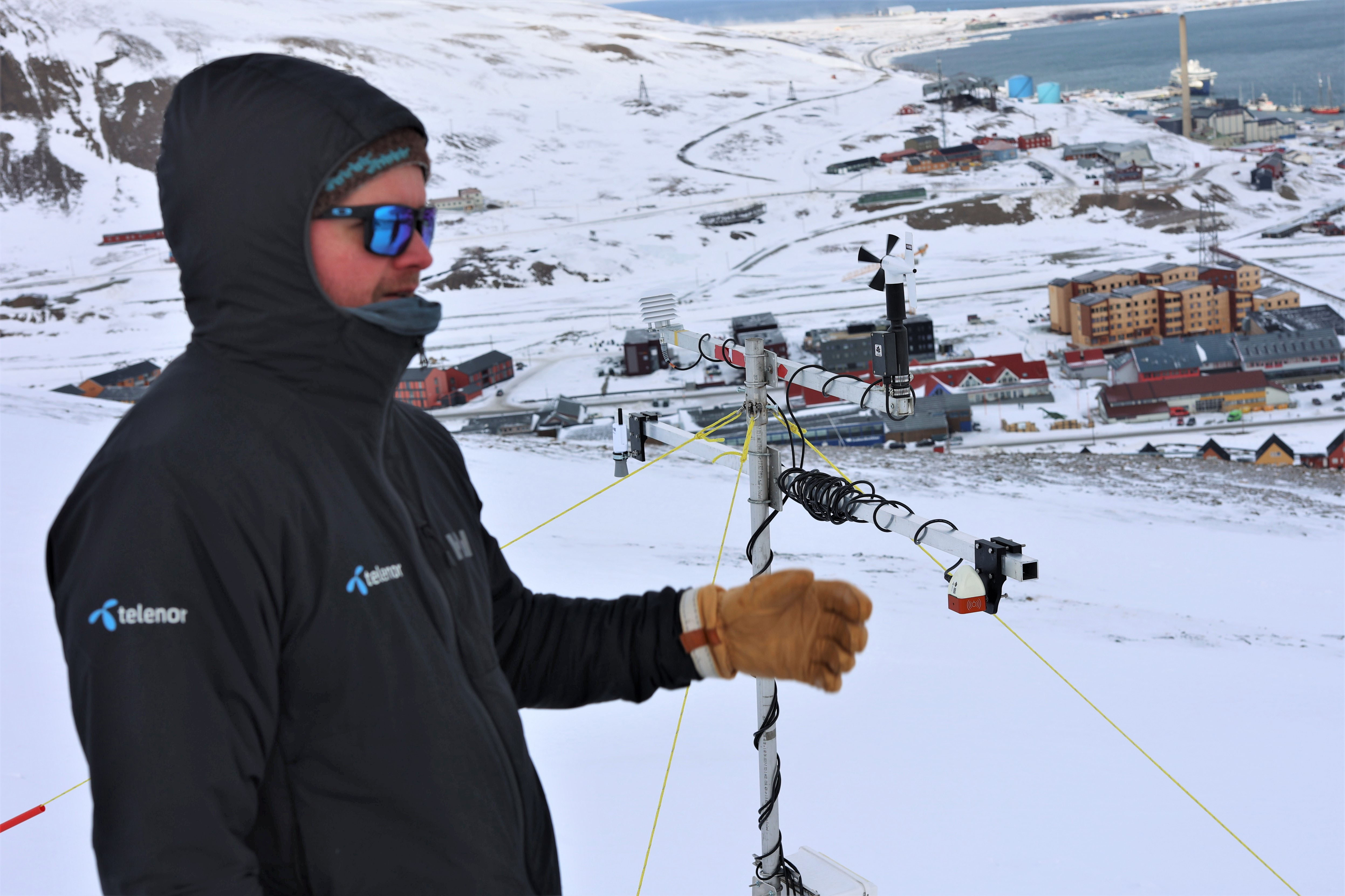
Even the wind chill temperatures, which on the day are getting close to minus 25 degrees, do little to cool the gentlemen’s excitement as they note down the test results.
“The sensors generate more accurate data compared to the existing measuring system that’s in place. In addition, the sensors manage to operate in the field for a long time despite the harsh weather conditions,” says Jenssen, and adds that one of the key factors has been to reduce the overall cost as the traditional systems did not scale well.
Indreiten is quick to provide context to the findings:
“People can go up the mountain to gather the same, or even better, data than the sensors can. But, on the flip side, operating in avalanche terrain always involves a risk, especially in the Arctic where it can be very challenging to anticipate weather conditions,” he says, and adds:
“The uncertainty makes it challenging for us to go out and safely extract the data we need to take appropriate measures. This pilot proves that our system allows for a wider deployment of sensors at a lower cost, while still providing more accurate input data to use for evaluating the avalanche risk. This means added safety for the communities below.”
Also read: A breath of fresh (AI)r - how cleaning data can solve one of the globe's dirtiest health issues
More data, less stress
Since 2018, avalanche barriers have been erected on parts of the Sukkertoppen mountainside. Most areas, however, are still unsecured. Therefore, the people living on these unsecured slopes, such as in Lia, where the 2017 avalanche struck, rely heavily on the local authorities’ risk assessments for their safety.
“There is no doubt that the snow data has been an important component in our evacuation decision-making process in recent years. We combine data with visible observations, local knowledge, and weather reports, which in total provide a better understanding and knowledge about the potential outcomes,” says Signe Selven, Quality and Preparedness Advisor at Longyearbyen Local Community Council.
Evacuation processes are not only complicated, but they also inflict a major cost on society. They remove people from their homes, which causes a lot of stress on the evacuated.
“In 2021, we evacuated people from Nybyen three times. On one of those occasions, the residents were forced to live elsewhere for about 90 days. Avoiding unnecessary evacuations and enabling people to return to their homes as soon as possible is something better data also can help us with,” says Selven, who adds:
“We are proud that Longyearbyen can serve as a test area for new technologies that help safeguard people in areas where avalanches pose a danger.”
Also read: A collaboration arena in Norway aims to accelerate the uptake of AI in businesses
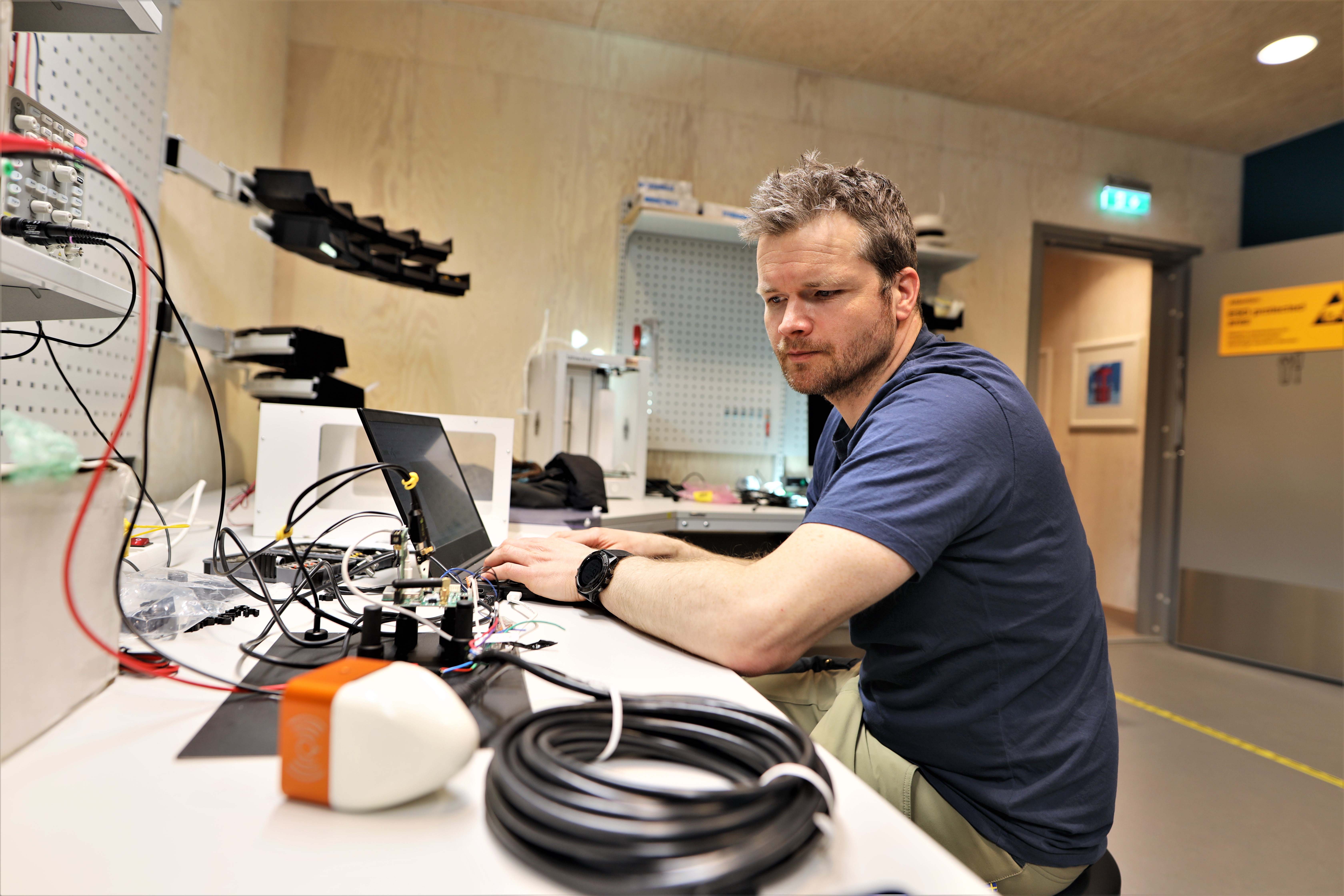
Keeping the trust
Knowing far too well the brutal consequences an avalanche can bring on a society, Pedersen of the Red Cross also welcomes innovations that increase the quality of avalanche preparedness.
“As a rescue operator, I naturally think it's great that we have local experts helping us extract better snow cover data in avalanche prone areas. We risk losing the trust of the people if we carry out many unnecessary evacuations, and we don’t have to speak about what can happen if we don’t have the data that tells us that an evacuation is necessary,” he says.
The ARCT-RISK project is expected to continue until spring 2024, and Telenor’s next goal in the project is to commercialise the IoT device and platform for future customers.
“Through this project, and as a step in our journey to go beyond connectivity, Telenor now makes sure every component of the value chain plays together and delivers the data directly to the decision-makers,” says Jenssen.